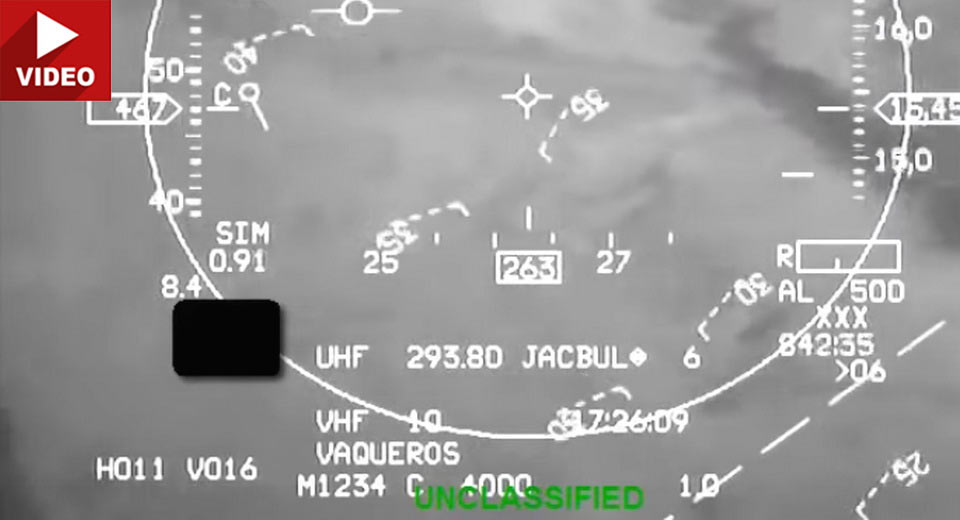If you’re still uncertain what to make of Tesla’s Autopilot system, try to see it as an electronic safety net, much like the F-16’s Automatic Ground Collision Avoidance System.
This system, also known as Auto-GCAS, was first introduced on the F-16 back in 2014 and its primary objective is to execute a ground-avoiding maneuver in case it detects an imminent collision.
According to Aviationweek, how it works is that it continuously “compares a prediction of the aircraft’s trajectory against a terrain profile generated from onboard terrain evaluation data.” If the predicted trajectory intersects with the terrain profile, which is what happens around the 26-second mark, the Auto-GCAS executes a recovery maneuver.
As for what happened to the pilot, all we know is that, after a roll and a pull maneuver, he experienced a G-induced loss of consciousness from around 8.3g while training over the US Southwest.
If you’re in doubt as to how serious the danger was, imagine that the nose of the F-16 was down by almost 50 degrees below the horizon and approaching supersonic speeds. From the first time the instructor calls out “2 recover!”, which was at 12,320 ft (3,846 m), and the time the F-16 was out of harm’s way, the pilot was already down to just 2,940 ft (896 m) as indicated on the radar altimeter.
Now, imagine that people can get sick, pass out or become incapacitated for any number of reasons while behind the wheel of a car. Having a system that can at least in some cases prevent a collision (even though it’s not a fully autonomous system) truly is a great achievement.
Not that we don’t enjoy driving; far from it, plus we are not ready to surrender control and go quietly into that good night. Would it hurt to have a back-up, though? Food for thought…



